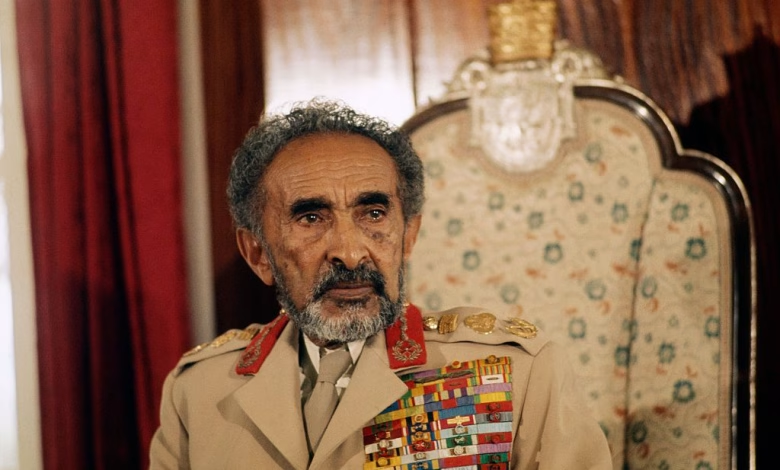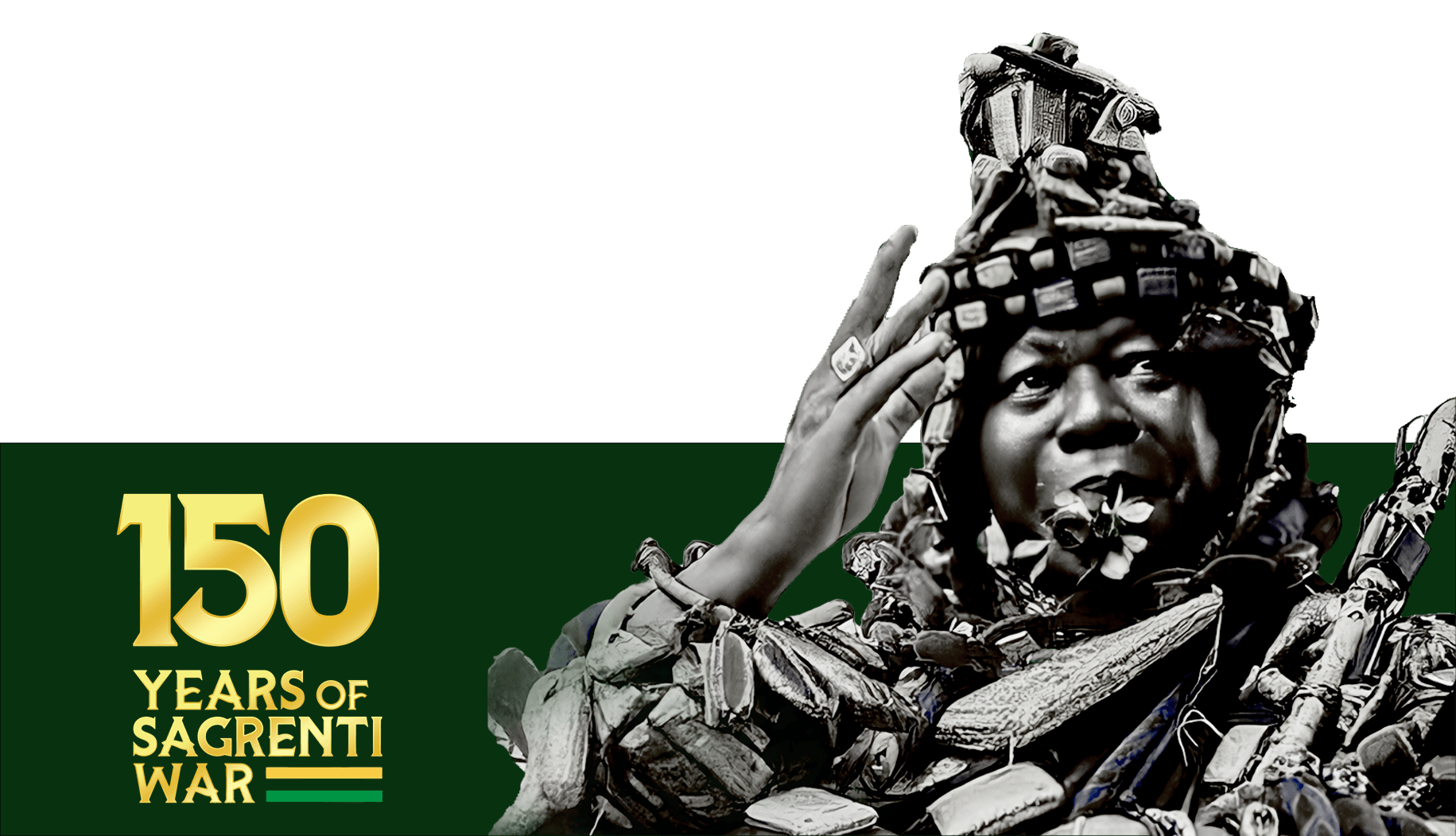Today in History: Haile Selassie, Ethiopia Emperor Died in Exile in London

- Selassie was a member of the Solomonic dynasty
- Selassie was educated in Europe
- Selassie was a devout Christian
- Selassie was married twice and had four children
In the heart of Addis Ababa, under the shadow of the ancient mountains, a grand procession snaked through the city’s narrow streets on a somber August morning in 1975.
The news had spread quickly: Emperor Haile Selassie, the revered Lion of Judah, had passed away under circumstances shrouded in mystery and grief.
Haile Selassie, originally named Lij Tafari Makonnen, was born in the village of Ejersa Gor in Ethiopia’s Harar Province. Ascending the throne in 1930, he adopted the name Haile Selassie, meaning “Might of the Trinity,” and became a prominent figure in Ethiopian history.
Notably, in 1936, he spearheaded the fight against Italy’s invasion and condemned the use of chemical weapons at the League of Nations.
After being exiled in 1936, Selassie was restored to power in 1941. However, by the 1970s, his apparent neglect during a severe famine led to dwindling public support. In 1974, he was overthrown by a military coup led by Mengistu Haile Mariam.
On August 27, 1975, it was reported that Emperor Selassie had died under suspicious circumstances. Though officially attributed to complications during a medical procedure, many believe he was murdered.
Despite criticisms regarding his suppression of Ethiopian nobles and his failure to modernize the country, Haile Selassie remains an enduring symbol of African pride. His legacy is particularly cherished by Rastafarians, who regard him as a divine figure destined to unite the African Diaspora and usher in an era of peace and prosperity.
Rastafarianism, with a global following estimated between 200,000 and 800,000, holds him in reverence. In South Africa, the largest Rastafari community is located in Knysna, consisting of 30 families.






